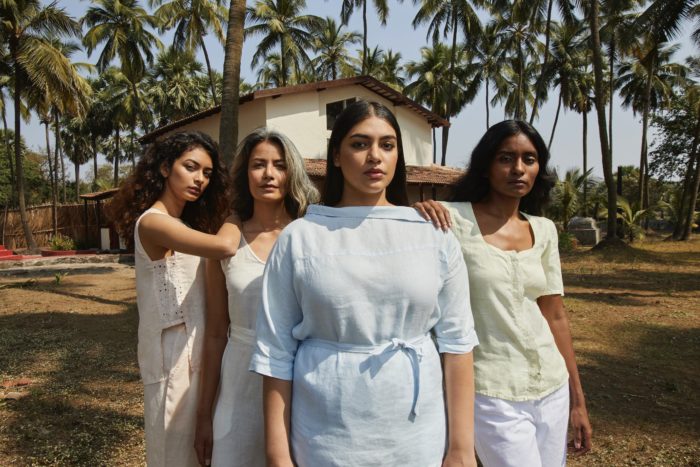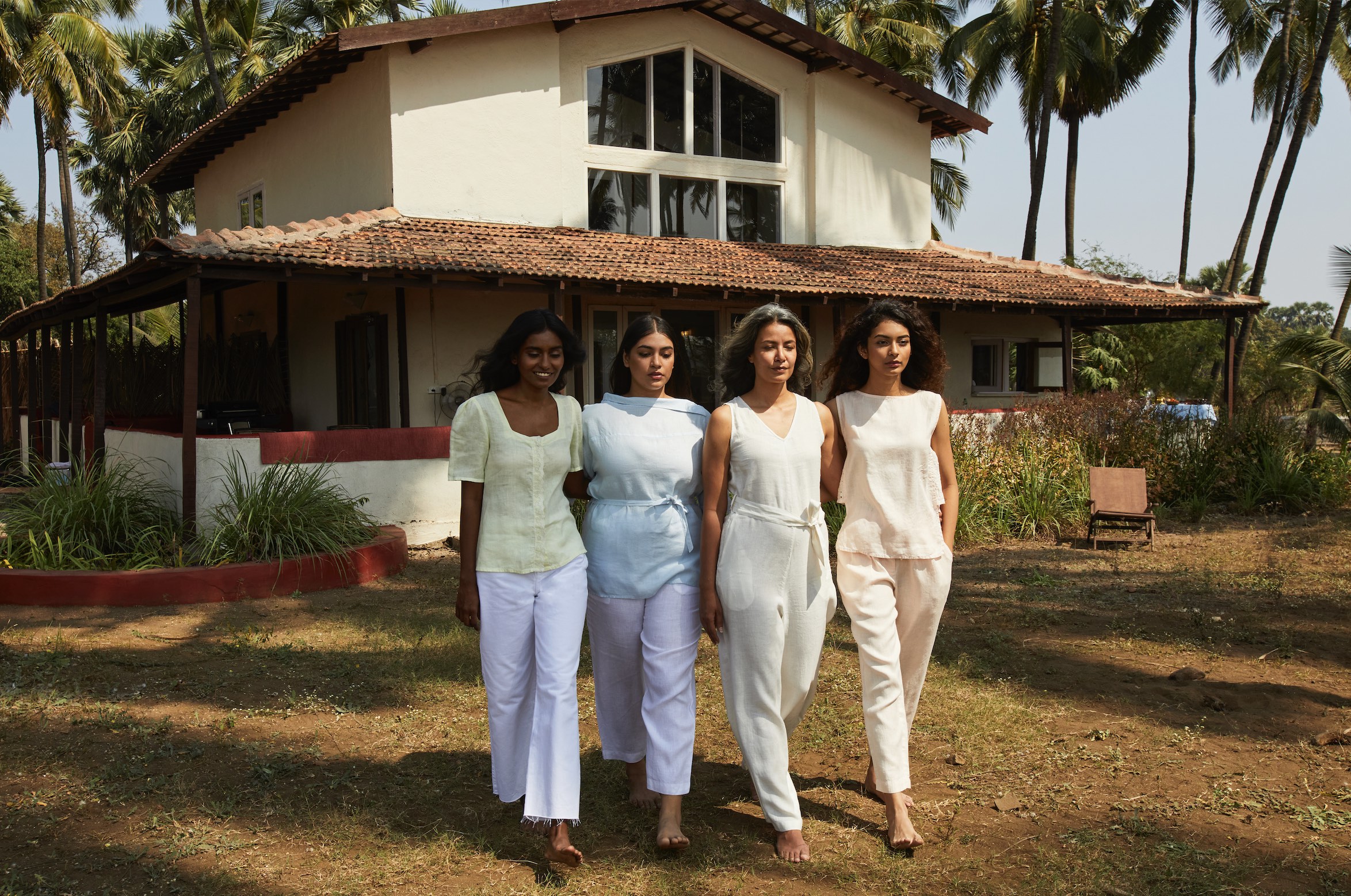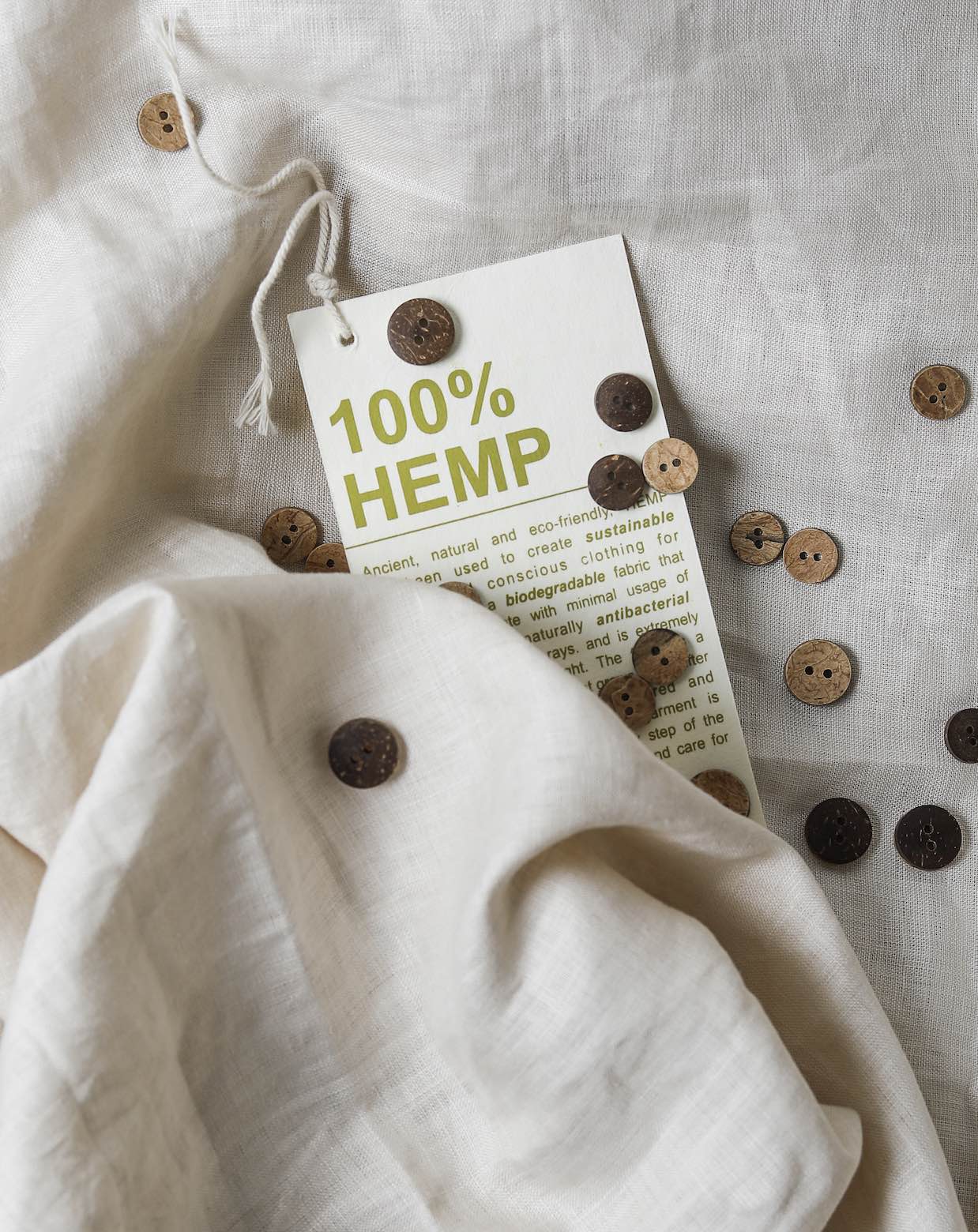
Mehma and Harjas Singh, siblings and fourth generation textile entrepreneurs, learned the ins and outs of the industry from a young age including how to work with natural fibers. For the launch of their clothing line, Reistor (pronounced re-store), they decided to use hemp to create timeless pieces, following practices inspired by the United Nation’s Sustainable Development Goals. In keeping with this, every aspect of each garment has been meticulously thought through. The fabric is dyed with sustainable dyes that require 60% less water and are Oekotex® and bluesign® approved. The thread is cotton; the trimmings (think coconut buttons) are biodegradable; the garment tags are made of seed paper; and the courier bag is made of cornstarch and cleverly converts into a nursery bag for planting. Reistor also strives to empower women and girls with 50% of their garments manufactured by women from underserved communities, and has partnered with Greenstory, who conducts life cycle assessments of all products and helps offset their carbon footprint. Although the line just launched in the U.S., companies like Madewell have already featured it in their marketplace. —Charlotte DeFazio

You and your brother, Harjas, are fourth generation textile entrepreneurs. Can you tell us about the generations that preceded you and what you learned from them?
In the late ’40s, our great grandparents started off as cotton and silk traders. Their focus was on natural fibres as there were no man-made fibres available back then. In a way, we’ve come full circle with Reistor, where our focus is on sustainable materials and manufacturing.
We’ve received so much guidance from our parents and grandparents around understanding the business of fashion, from fabrics and manufacturing to sourcing and design—their insights have been invaluable. Having been around this industry since we were children, we’ve developed a deep appreciation and understanding of the space while also picking up on the dynamics and nuances of the business.
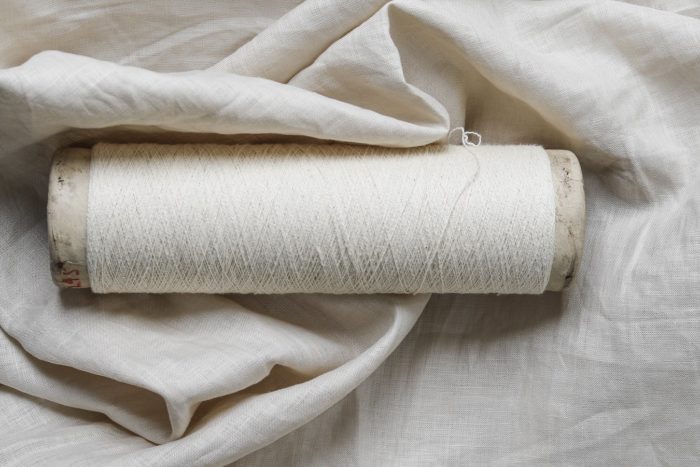
How did you come up with the name of your company?
The name is actually a play on the word ‘restore,’ which has the same pronunciation, because for us it was about restoring the environment and hope. Reistor is actually two words that we created: Rei, which stands for Reducing Environmental Impact, and Stor, which links to the idea of a marketplace or community.
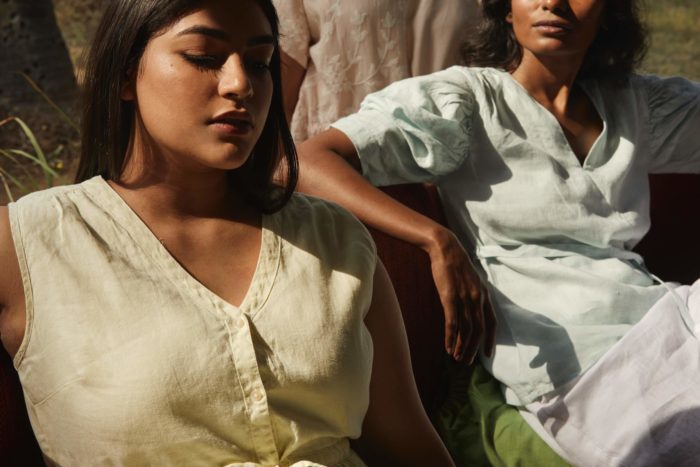
Where do you source your hemp?
We source hemp yarn from yarn traders in Maharashtra, India. In India, hemp farming is only legal in the state of Uttarakhand. The yarn is then spun, sold across India and is selectively available. As hemp gains popularity, we believe that the government will legalise hemp farming across the country and it’s our dream to be able to grow and produce our own hemp one day!
What initially drew you to hemp?
Hemp is by far the most sustainable natural fibre available today. Not only does it require less water than any other fibre, it’s also easy to grow and helps enrich the soil, making it a sustainable choice for us. We love the inherently anti-microbial, anti-wicking and durable nature of hemp along with the way it looks and feels. It was the perfect choice for our debut collection.
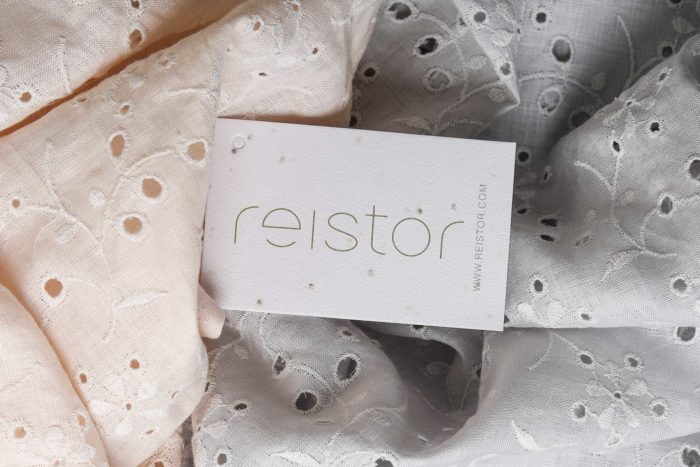
What is Transparent Sustainability?
Reistor is a work in progress and we are very aware of the fact that we are not 100% sustainable. We are always striving to do the best we can. We believe that our drive to make a difference will help us navigate our journey to be ethical and impactful. We partnered with Greenstory, who has conducted life cycle assessments of our products and helps us offset our carbon footprint. Every product we deliver is net carbon neutral.
We also want to make sure that our sourcing and production practices are completely transparent, which includes using sustainable dyes that are Oekotex®– and bluesign®-approved. We’ve incorporated biodegradable fabrics, like hemp, and minimal waste packaging that is compostable. Greenwashing is so prevalent in the fashion industry, we want to make sure we do our best to provide our customers with as much information as possible so that they can make informed decisions.
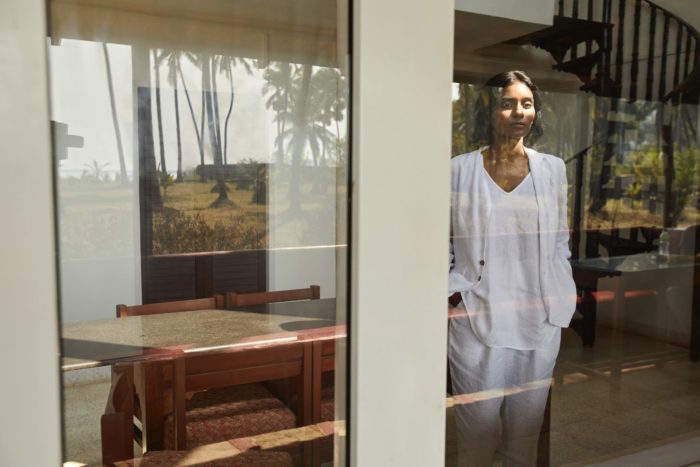
You live between Miami and Mumbai. What aspect of your business is taking place in each country?
Since the pandemic and through lockdown I have spent more time in India where we currently manufacture, produce and design. However, I do plan to spend a lot more time in Miami following our launch in the U.S. this week. We will be moving part of our design and marketing process over there.
What are some of the challenges you have faced in implementing your environmental policies?
The biggest challenge for us so far has been educating our stakeholders about how something as small as a shirt you buy has the ability to impact sustainability. When you think of a garment, you might only think about the material used to make the shirt, however what about the thread used to stitch that garment, the buttons, the dyes, the trimmings, packaging and production practices? We believe that you need to look at sustainability as a whole rather than in parts, and this requires some degree of unlearning for ourselves too. We’ve started to look at the world around us in another way as well; identifying every space where we can make a difference.
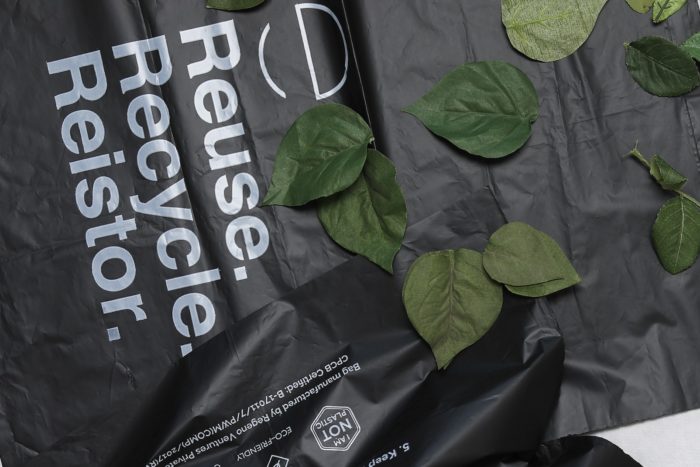
How do you come up with the names of your garments?
For us, each garment is a mood and we wanted our customers to really connect with that. For example, the She’s Everything blazer is a twist on the traditional blazer silhouette, giving it less structure and a more relaxed fit. When you put on this blazer we want you to feel like you can take on the world! Like you’re everything you need and then some.
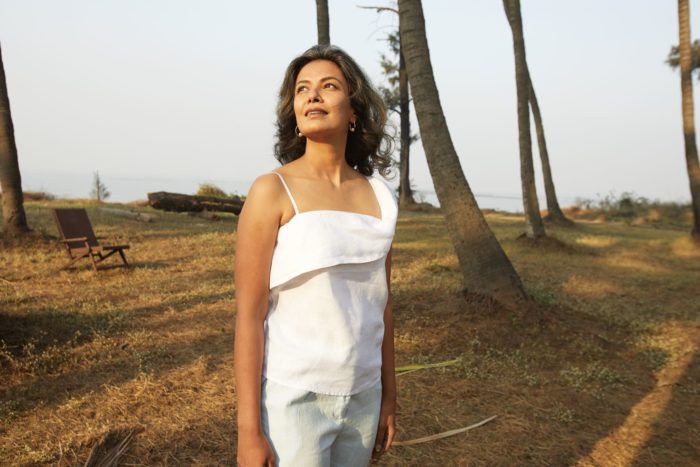
What are three things that need to change in the fashion industry to make it easier to be environmentally responsible?
I think awareness is the most important part of this process. We all know that polyester is polluting, but when you learn that it can take up to 700 years to decompose, that really hits home. The second component is offering garment workers a fair wage and decent working conditions. We keep hearing horror stories about how workers are treated, in every part of the world, and this needs to change. The third thing is the idea of seasons and trends. I think fashion should and can be timeless when it’s something that you naturally connect with and feel good wearing.
